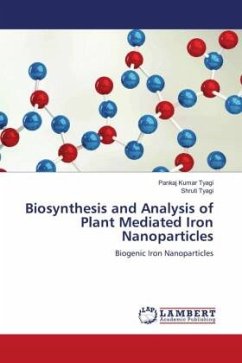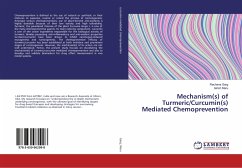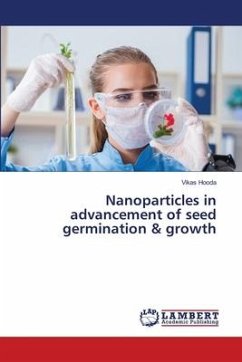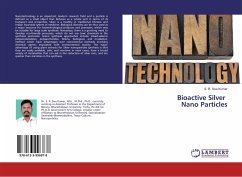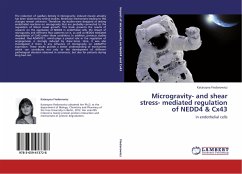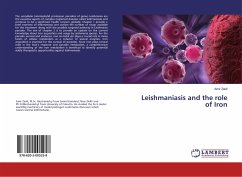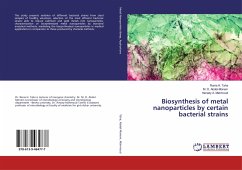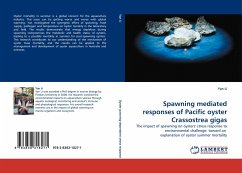Iron nanoparticles were effectively created in an efficient, rapid, simple, and inexpensive method by reducing Iron chloride solution with banana peel extract. Because of this, the trash from banana peels utilised to produce iron nanoparticles was successfully recycled. Synthesized Iron nanoparticles were examined using FTIR, XRD, UV- Vis, TEM, and SEM methods in addition to visual inspection by colour changing. Iron nanoparticle formation was verified by the presence of blackish-brown colour in the ferric chloride and BPE reaction mixture. TEM images showed that the nanoparticles were granular in shape and had diameters between 20 and 50 nanometers. Strong iron signals were seen in EDS at energies of 182, 215, 424, and 458, suggesting the synthesis of Fe nanoparticles. Furthermore, the iron nanoparticles were studied using x-ray diffraction, and it was discovered that they are characteristic of crystal planes (110), (200), and (112). Following their synthesis and purification, FeNPs can be employed in biological and biomedical applications such as drug delivery vehicles, novel aptamer-established biosensing assays, and microcystin detection sensors.

